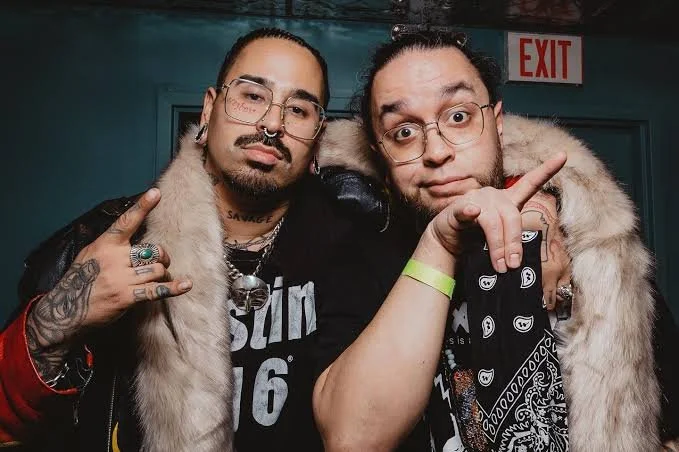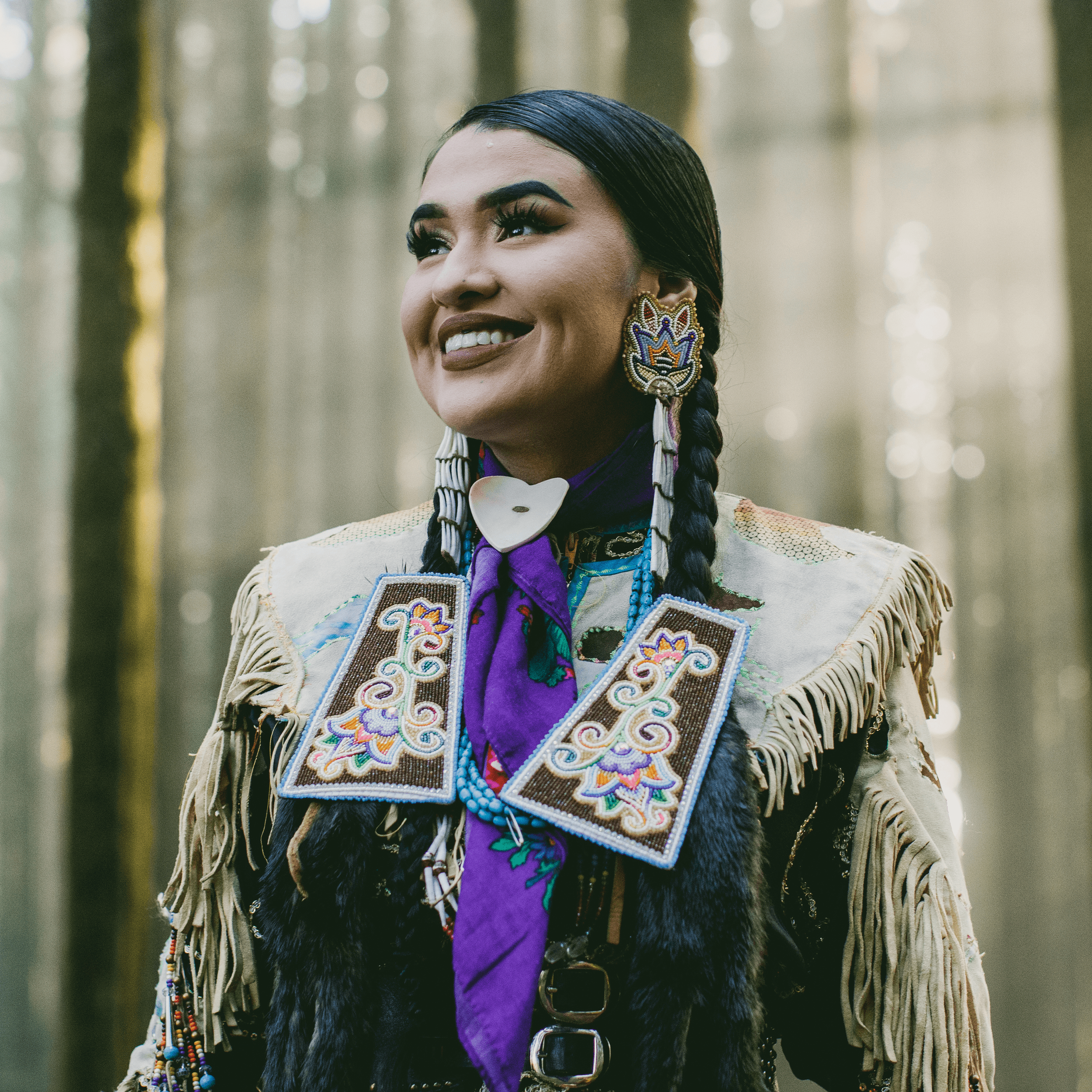The Heartbeat Continues: Indigenous Music and Sovereignty Today.
November is Native American Heritage Month—a time dedicated to honoring the culture, history, resilience, and contributions of Indigenous Peoples across the United States (also referred to as Turtle Island). And while this month offers an important opportunity for recognition, the truth is that Indigenous voices deserve to be heard year-round—and, more importantly, they need to be heard from us, not just about us. This blog is dedicated to exploring and amplifying the music of Indigenous singers and songwriters—who use their craft and passion to preserve culture, challenge stereotypes, and create space for our communities in an industry that has long overlooked us.
My name is Danahea, and I proudly come from the Mandan, Arikara, and Northern Cheyenne tribes from the Fort Berthold Indian Reservation of New Town, North Dakota. Music as a whole is a form of connection for many Indigenous tribes and nations; it has been a longstanding and powerful means for people to showcase self-expression, traditional and cultural preservation, and storytelling. Music has always been the thread connecting generations, from sacred songs passed down through the generations to modern tracks that speak truth to power. That beat of resilience that echoed from hand drums and drum groups? It's still pulsing, still echoing in the chambers of our ears, just with new sounds and fresh energy that match the times we live in now.
This month, I want to honor artists who channel that enduring spirit—transforming the music industry from within while keeping Indigenous voices, stories, and traditions at the heart of their craft.
One artist, who embodies the spirit of cultural connection while also weaving through the intricate world of the music industry, is Mato Wayuhi. A young artist, producer, and composer from the Oglala Lakota tribe of South Dakota, Mato has worked on many personal projects that he's sung and composed, and has composed for FX's television series, Reservation Dogs, created by Sterlin Harjo and Taika Waititi. Mato has released four personal albums spanning 2018 to 2024, most recently releasing “Stankface Standing Soldier” in 2024. He has been featured on nine albums alongside other artists and composed three original soundtrack albums for the three seasons of Reservation Dogs.
From the cinematic soundscapes of South Dakota to the bold, unapologetic beats of British Columbia, Indigenous artists are claiming space across every genre. Snotty Nose Rez Kids, a hip hop duo from the Haisla Nation, brings that raw energy and resistance to the forefront of their music. Rappers Darren "Young D" Metz and Quinton "Yung Trybez" Nyce have been making music together since high school, releasing six albums and being nominated for a plethora of awards while performing across North America, Europe, and Australia. Snotty Nose Rez Kids have been making waves within the music scene for several years now and have recently dropped an album this past year, “Red Future”, which has been nominated for the Juno Award for Contemporary Indigenous Artist of the Year and the Juno Award for Rap Album/EP of the Year.
These artists represent just a fraction of the Indigenous talent reshaping the music industry. Tia Wood, a young Cree and Salish artist, gained traction on TikTok in 2020 and, within a short time, released her singles "Dirt Roads" and "Losing Game" before being signed to Sony Music. Her swift rise is another example of how Indigenous talent continues to fight for a seat at the table of entertainment—moments like these show Indigenous people of all ages that taking that step into an unknown world can bear fruit.
What connects all of these artists—and countless others—is the way our culture and traditions fuel our creativity. Indigenous music isn't created in a vacuum; it's rooted in centuries of storytelling, ceremony, and community. That foundation gives us the strength to innovate, to push boundaries, and to create art that's authentically ours. As I continue to discover and celebrate Indigenous artists across different genres and facets of life, I'm filled with excitement for what's to come. Our voices are rising, our stories are being told, and the music industry is finally starting to listen.



